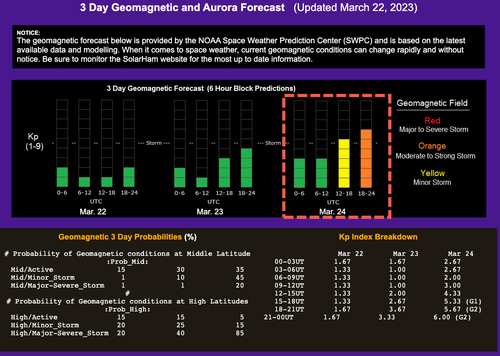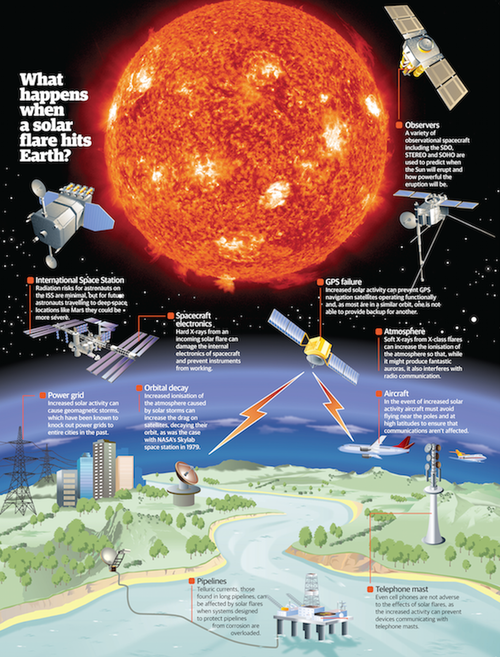NASA’s Solar Dynamics Observatory released a photo showing a massive coronal hole forming in the sun’s atmosphere, ejecting a stream of fast solar winds toward Earth.
“The current coronal hole, the big hole right now, is about 300,000 to 400,000 kilometers across,” Alex Young, associate director of science at NASA Goddard’s Heliophysical Science Division, told Business Insider. He said: “It’s about 20-30 Lands lined up side by side.”
Young said coronal holes trigger solar winds that can travel between 500 and 800 km per second. He explained that the coronal mass ejection would reach Earth on Friday.
“We will probably start seeing the effects of the high-speed wind on March 24.
“When the high-speed wind reaches Earth, the particles and magnetic field it carries will interact with the Earth’s magnetic field, effectively making it ring or ring a bell,” he said.
Space weather website SolarHam said that when the solar winds hit Earth, they will produce a moderate (G2) geomagnetic storm.

Here’s a visualization of the CME’s impacts on modern society.

In addition to the geomagnetic storm risk this week, sunspot cycle 25 has already begun and is expected to be active. This could spell trouble for the digital economy, as disruptions caused by solar flares can cause economic damage.
Last year, Elon Musk’s Starlink satellite internet service lost 40 satellites after a geomagnetic storm knocked them out of orbit.
